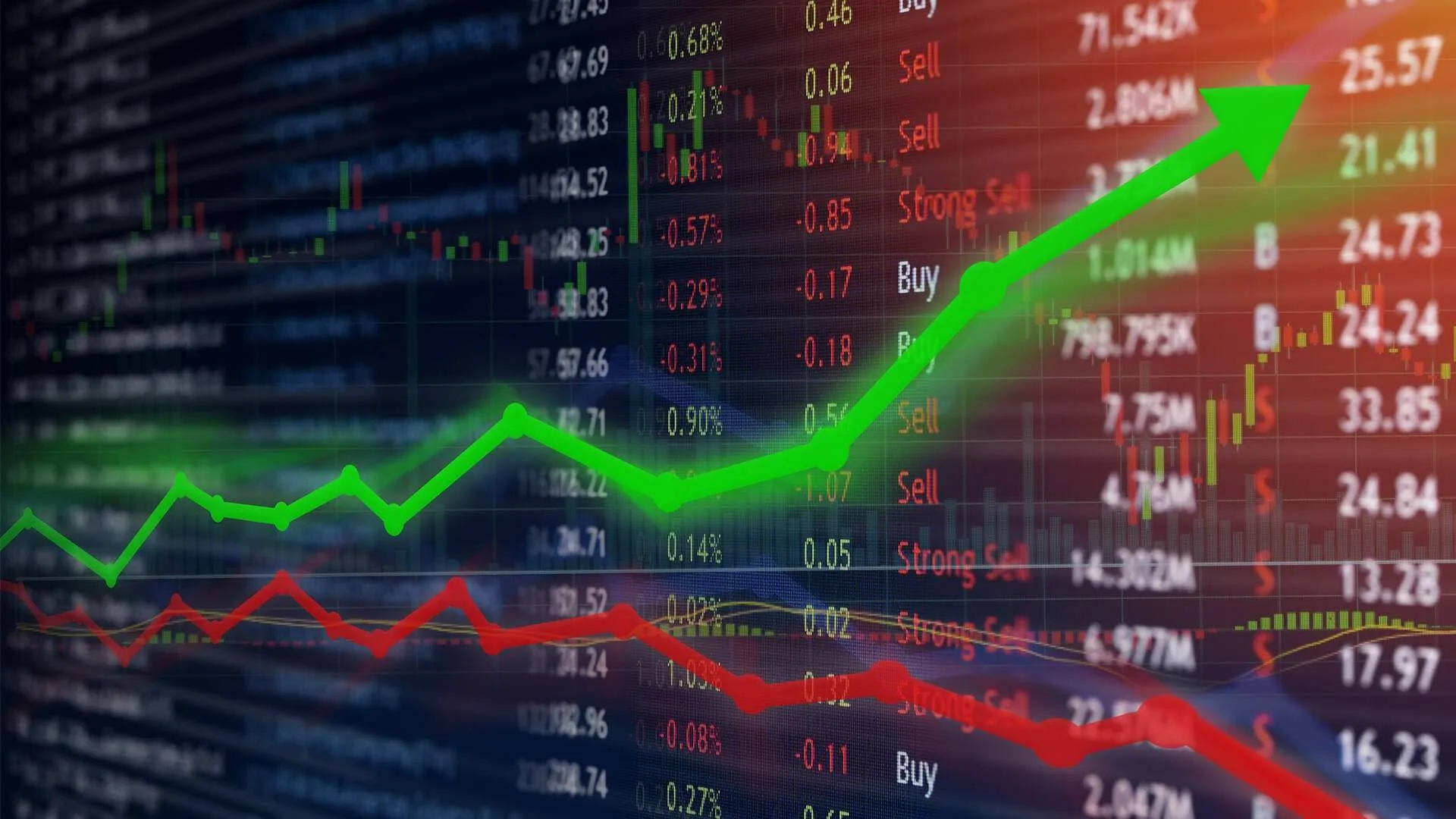What is the stock market? It is a common question. The answer is rather simple. It is a mechanism for trading securities, which is made up of a group of independent trading clubs called stock exchanges. They are located all over the world and each one is run by an individual shareholder or group of shareholders who have subscribed to their particular company’s stock subscription agreement.
How do you trade stocks? You can either buy or sell your own shares. Alternatively you can buy and trade shares in other companies, which are referred to as market makers. Or you can trade stocks with other private investors either via a syndicate where each investor trades a certain number of stocks and then buys and sells them on their own, or via a managed account where you pay a fee to a broker on a regular basis, usually once per month, depending on the size of your account. There are also several types of automated trading systems that can be set up to trade for you. These trading systems work by scanning the stock exchanges for stocks that are moving in certain directions.
How do investors make money from trading shares? Usually it is the large investors who do well because they buy large numbers of shares and then sell them for a profit. The smaller shareholders who buy small amounts of shares usually lose money. One of the best ways to profit from trading is to buy and trade shares that are moving in different directions. You will almost certainly make money if you are able to identify a couple of trends and trade ahead of the pack.
Why are shares on the stock exchange trading floors? Well, it was a matter of survival for early businessmen. When shares began trading on the markets, it became possible for ordinary folks to participate in the markets. A broker makes their living by facilitating trades on the exchanges. Many people want to get into the markets but don’t have the time or knowledge to learn how to navigate the markets. So an initial public offering (IPO) is often used by these people who are looking to get into the markets as an owner.
The electronic limit order execution facility has allowed many investors to participate in the markets easily. In the past, it took days or even weeks for orders to be executed on the stock exchange floors of New York and Chicago. Now all you need is an internet connected computer and you can place an electronic order to buy or sell shares on the New York Stock Exchange or the Chicago Board of Trade. Investors from all over the world can now participate in the markets easily. This has made the trading process more liquid and faster.
Another reason for the growth of electronic commerce is the growth of online trading platforms. There are now hundreds of websites where you can trade stocks. Some are better than others. Platforms such as TradeStation are the best suited for new investors as they have all the necessary information to guide new traders. Some other platforms are not as good and can confuse traders unnecessarily.
The growth of platform also means that there is a growth in day to day trading on the securities market. Traders can now buy and sell shares more quickly without having to travel to another office or home. The ease of use and quick transactions has meant that many investors are now trading in the securities market from their laptops. Investors are able to buy and sell shares from the comfort of their own bedrooms. Day trading has become very popular and this is something that investors like me can benefit from.
To conclude I would say that what is the stock exchange work? It does help you make money if you know how to trade and place proper orders. If you are interested in making some money then you should do some research into the financial instruments trading business. I hope that this article has been informative and that you now have a better understanding of the stock exchange operations.
The Australian Stock Market And Stock Exchange
The Australian Stock Exchange is the country’s main securities market. It’s owned and run by ASX Limited, which is also commonly called the ASX. Though the trading companies and the exchanges are entirely separate, they’re frequently thought of as one because of the complicated interrelated nature of the two. There are also other major companies listed on the ASX, including major financial institutions, commercial businesses, and government agencies.
The Australian Securities Exchange operates in similar fashion to the New York Stock Exchange (NYSE). However, unlike the NYSE, there are no national clearinghouses for listed securities in Australia. As a result, all securities that are listed here must be obtained through local ASX offices. The main difference is that the ASX is much more tightly regulated than the NYSE and it has even more individual company listings.
Although the ASX is Australia’s largest financial market exchanges, many small and medium-sized enterprises do not trade on the ASX. The major reason for this is because the market is far smaller than most major exchanges. In addition to having fewer trades, there are also other factors that limit the volume of trading for these small cap companies.
One of the major reasons why small companies have a smaller presence on the ASX is that ASX is not primarily a traded currency market. This means that trades can’t be traded between different currencies and it limits the potential of earning returns on foreign securities. Additionally, foreign corporations need to submit reports to the ASX before they can list their shares on the ASX. Submitting reports requires significant upfront fees, making it very difficult for small cap companies to participate in the financial markets in Australia.
The Sydney Stock Exchange, or the ASX, is the market that is most heavily traded between foreign corporations. The ASX is the trading platform for shares in foreign companies listed on the New York Stock Exchange (NYSE). For example, if an American company wanted to buy a stake in a Japanese corporation, the shares would have to be listed on the NASDAQ. However, if the shares were listed on the ASX, the company would have to seek an exchange commission. On top of this, trading on the ASX is very expensive. It can cost up to 100% more for an American company to trade on the ASX, when it could be cheaper for them to trade on the NYSE.
The other two exchanges (Sydney and Melbourne) are typically used by large corporations. The trading price for a company’s stock on the ASX is usually quite a bit higher than the price for the same stock on the NYSE. In addition to being more expensive, trading on the ASX also has many added risks. This is because the ASX is much larger than the NYSE and because there are more stock exchanges operating in Australia. Furthermore, there are also many small companies that trade on the ASX, which are not traded on the major exchanges. These small companies usually need special consideration from potential investors to raise capital and most often will not be traded on major exchanges such as the NYSE and NASDAQ.







